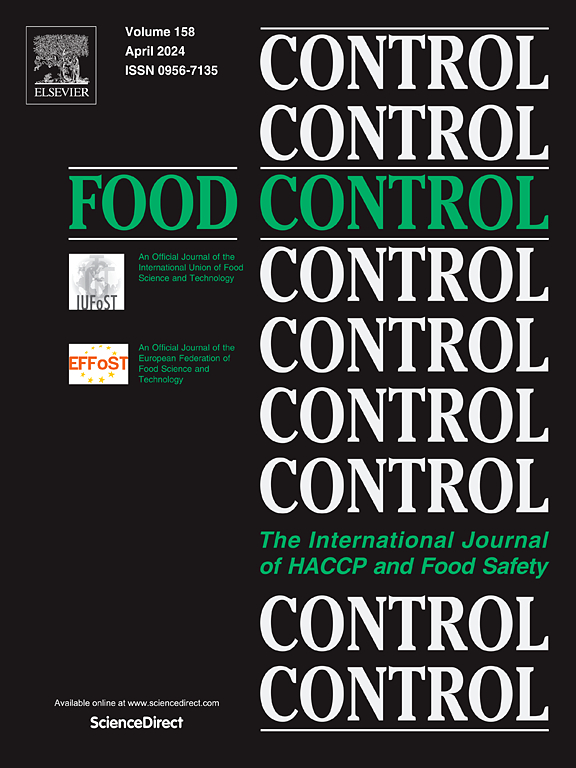Comprehensive assessment of bamboo and other bio-based dishes contamination
IF 5.6
1区 农林科学
Q1 FOOD SCIENCE & TECHNOLOGY
引用次数: 0
Abstract
In line with the shifts towards sustainable food production, bio-based food contact materials are becoming more favored than conventional ones. In this study, we collected 33 bamboo and other bio-based dishes from the British, Chinese and Czech markets with the aim to investigate a potential presence of hazardous compounds that may migrate into food. Non-targeted screening by ultra-high-performance liquid chromatography coupled to high-resolution tandem mass spectrometry (UHPLC-HRMS/MS) was employed for analysis of acidified aqueous (3%, w/w, acetic acid), ethanolic and isooctane extracts prepared from disintegrated dishes. Besides melamine detected in 32% of tested samples (mainly bamboo-based), also some pesticide residues and a number of plant secondary metabolites were found. Migration tests performed according to the EURL guideline showed six non-compliant bamboo products exceeding melamine limits set by Commission Regulation (EU) No October 2011. Melamine was also found to migrate in low concentrations into hot lemon tea and orange juice. Targeted screening of 443 pesticides showed the highest number of residues in cereal-based dishes, when only disinfectants were found in bamboo-based dishes.
求助全文
约1分钟内获得全文
求助全文
来源期刊

Food Control
工程技术-食品科技
CiteScore
12.20
自引率
6.70%
发文量
758
审稿时长
33 days
期刊介绍:
Food Control is an international journal that provides essential information for those involved in food safety and process control.
Food Control covers the below areas that relate to food process control or to food safety of human foods:
• Microbial food safety and antimicrobial systems
• Mycotoxins
• Hazard analysis, HACCP and food safety objectives
• Risk assessment, including microbial and chemical hazards
• Quality assurance
• Good manufacturing practices
• Food process systems design and control
• Food Packaging technology and materials in contact with foods
• Rapid methods of analysis and detection, including sensor technology
• Codes of practice, legislation and international harmonization
• Consumer issues
• Education, training and research needs.
The scope of Food Control is comprehensive and includes original research papers, authoritative reviews, short communications, comment articles that report on new developments in food control, and position papers.
 求助内容:
求助内容: 应助结果提醒方式:
应助结果提醒方式:


